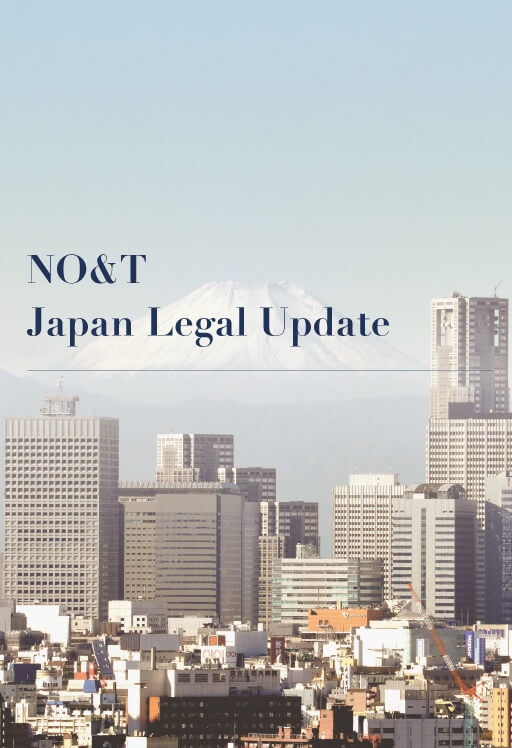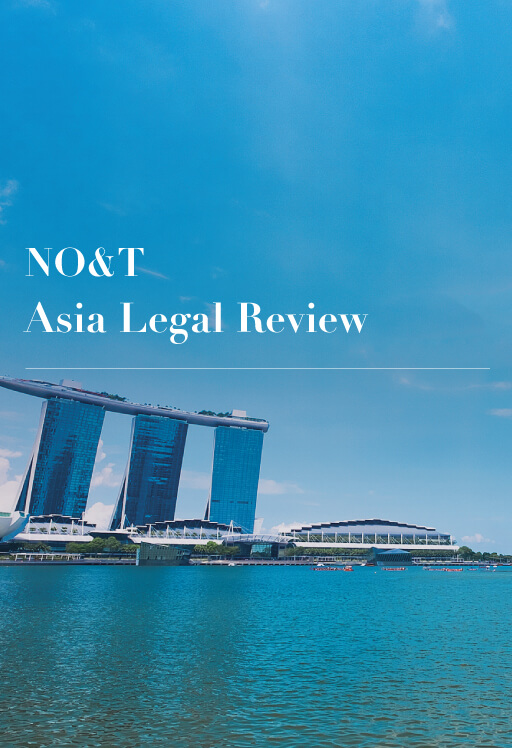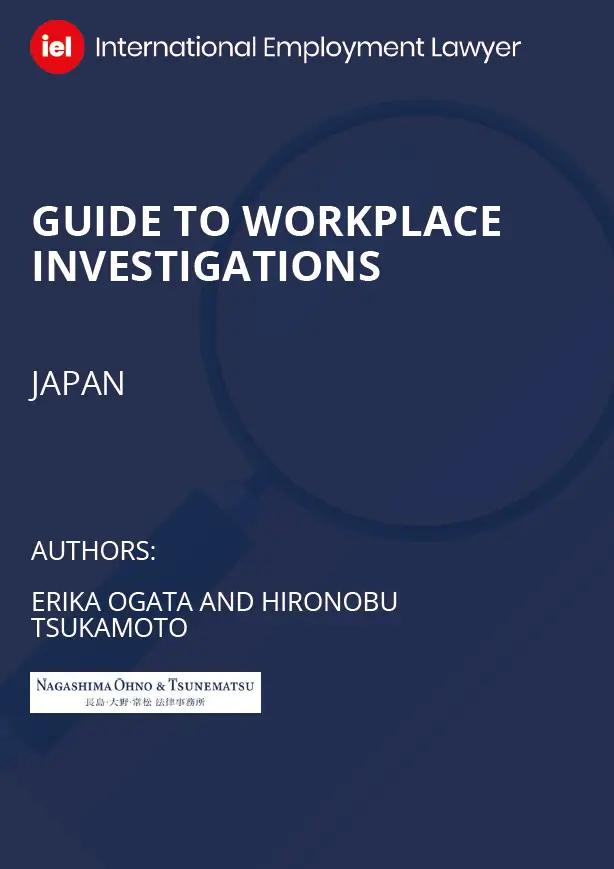
NO&T Japan Legal Update
I. Introduction
Traditionally, Japanese companies have adopted a so called “lifetime employment system,” where companies hire new graduates from high school or university as non‐fixed‐term employees with the expectation that they will remain with the company until their retirement. For the most part, companies adopting a lifetime employment system include a mandatory retirement age in their work rules, by which their employees are automatically terminated when they reach such age. The Act on Stabilization of Employment of Elderly Persons (the “Act”), however, prohibits a mandatory retirement age from being set below the age of 60. Further, in response to the growing aged society in Japan and the financial necessity of raising the pensionable age from 60 to 65 to finance the public pension fund, the Act requires employers who set a mandatory retirement age under the age of 65 to take at least one of the following measures:
‐ raise the mandatory retirement age to 65 or over;
‐ introduce a continuous employment system where employers or relevant entities continue to hire their current employees after the mandatory retirement age, if such employees wish to be employed; or
‐ abolish the mandatory retirement age.
In accordance with the requirement above, many companies have chosen the second option and introduced a continuous employment system where the companies typically rehire their employees as fixed‐term employees subsequently following the termination of their original employment once they reach the mandatory retirement age. One of the controversial issues here is whether and to what extent employers are allowed to differentiate working conditions, such as salaries, bonuses and allowances, when they rehire their employees, who were once non‐fixed term employees, as fixed term employees. The Supreme Court of Japan handed down a significant decision to address this issue on June 1, 2018.


Patricia O. Ko


(April 2025)
Shiro Kato, Chihiro Shimaoka (Co-author)


(January 2025)
Hironobu Tsukamoto, Eriko Ogata (Co-author)


Luciana Fransiska


Patricia O. Ko


(April 2025)
Shiro Kato, Chihiro Shimaoka (Co-author)


(January 2025)
Hironobu Tsukamoto, Eriko Ogata (Co-author)


Luciana Fransiska